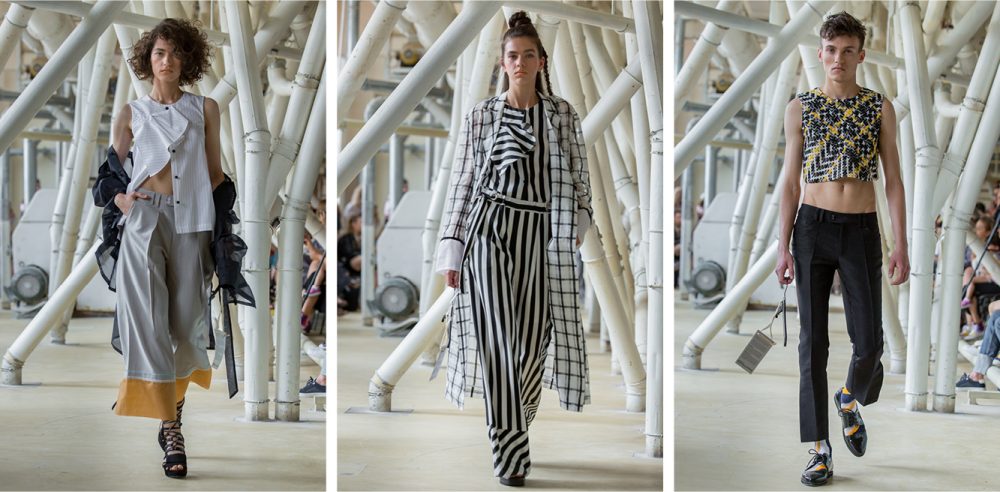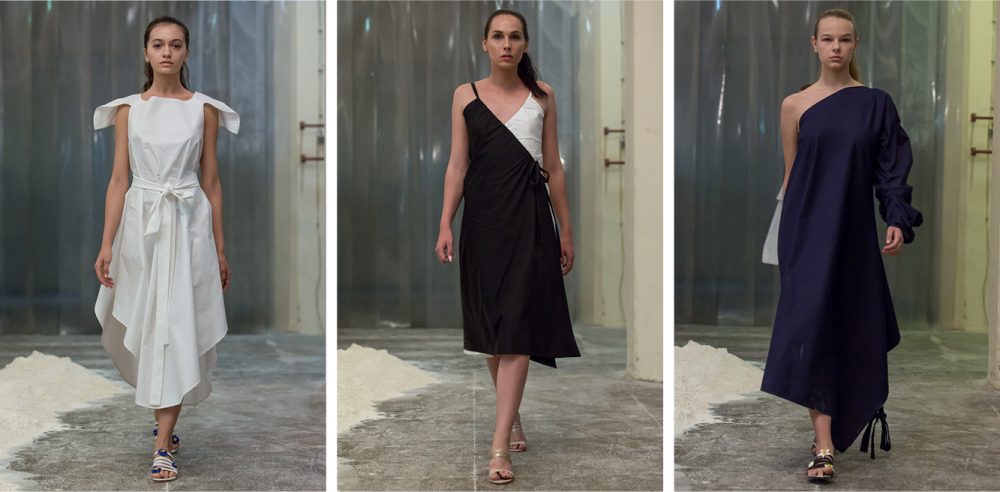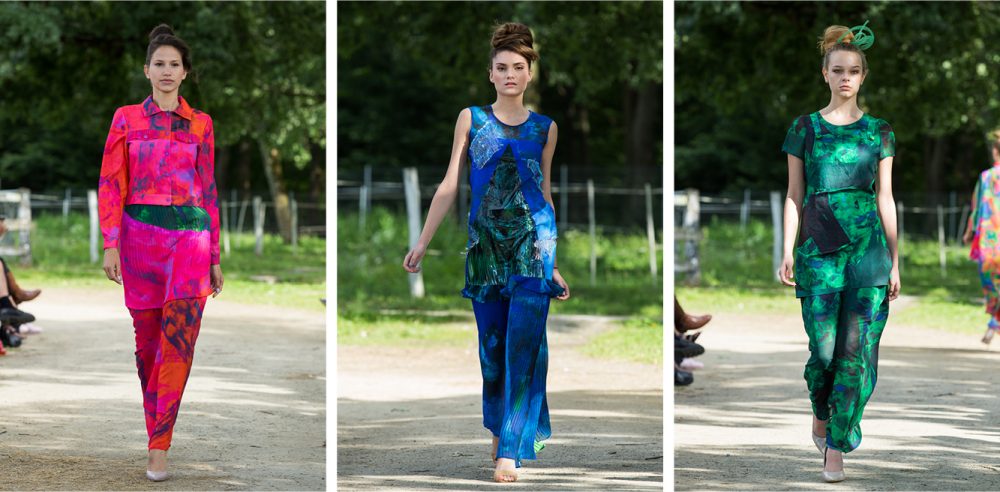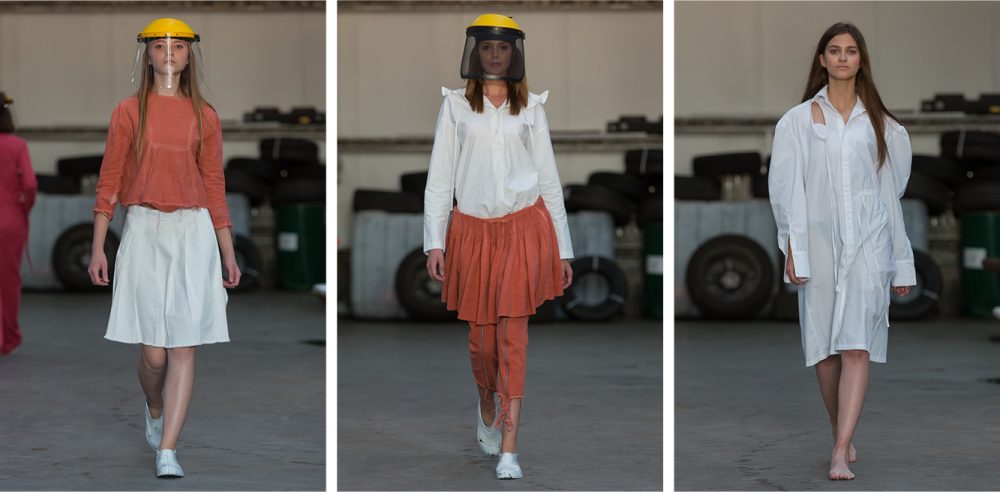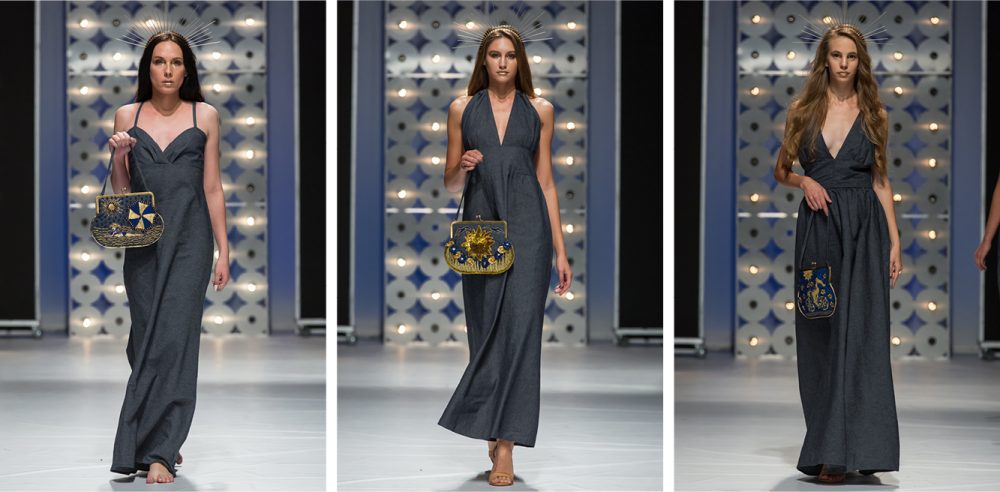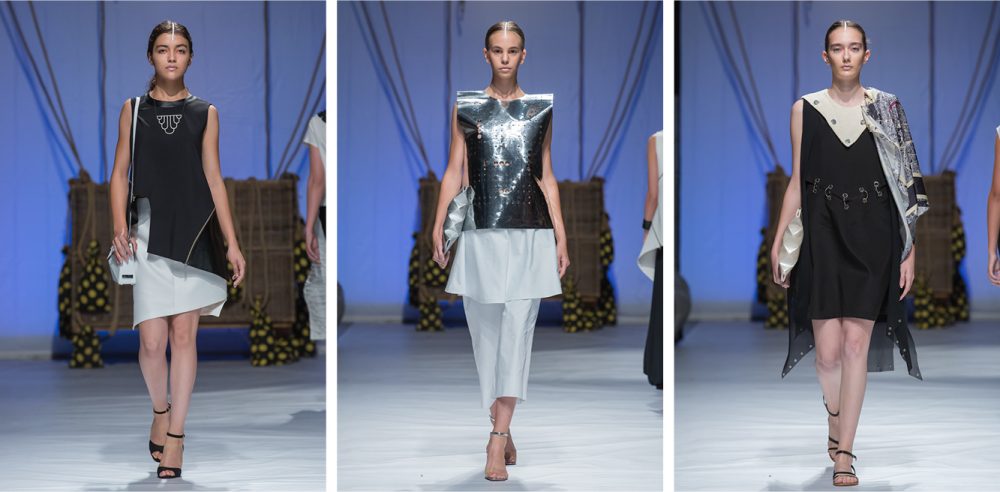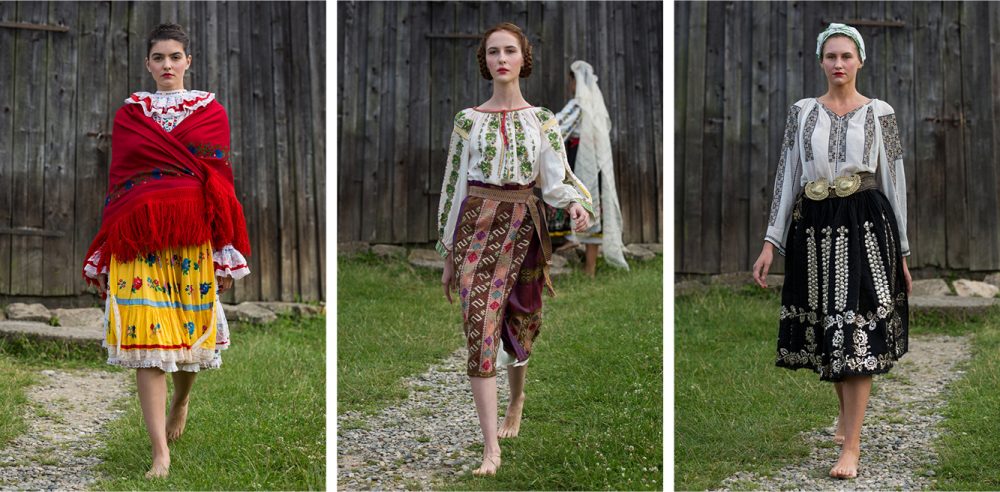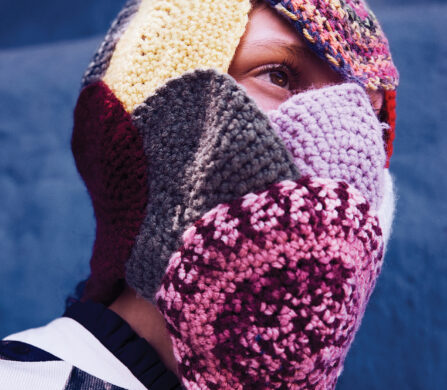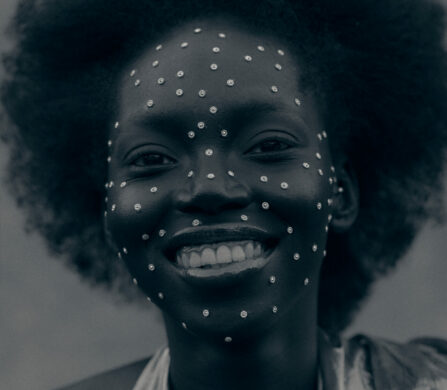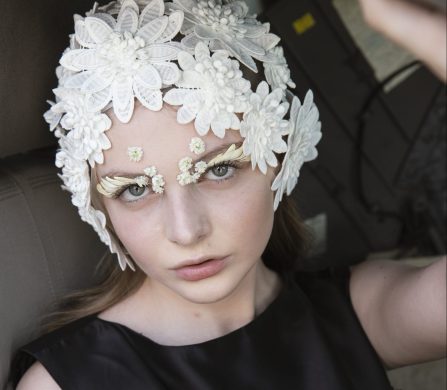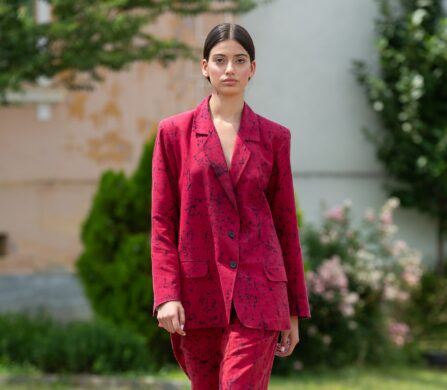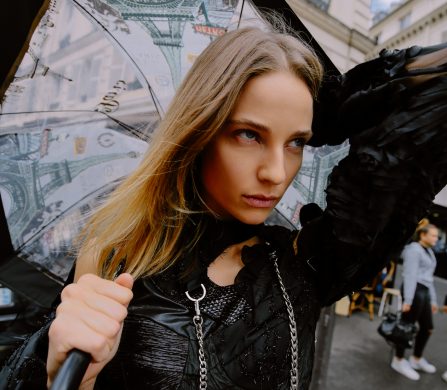For the 11th edition of what has been hailed as Eastern Europe’s most renowned fashion week, the historically enchanting city of Sibiu opened its doors once again, between July 17 and 22, to an array of fashion enthusiasts and creators for Feeric Fashion Week. The event did not fall short of its Romanian meaning, ‘magic’, by way of the show’s innovative productions, culturally enriching locations and, as expected, an assortment of refreshing collections by a multitude of intriguing upcoming designers.
This year’s captivating designers reinforced that Romania is the unequivocal future of Eastern European fashion, an assertion that is fortified by the progressively inventive nature that each year’s Feeric Fashion Week brings to the fashion industry.
The most prominent highlight of the week was Honk Kong-based brand Modement and its impressive fashion show in Sibiu’s Boromir factory. The collection incorporated a refreshing blend of unisex long and sheer open shirts that embraced the appearance of midriffs in a modest manner. The impressive collection juxtaposed clean silhouettes and striking patterns producing a collection that became increasingly bold and colourful as the models weaved between the factory’s pipes.
Having been featured in both Paris Fashion Week and New York Fashion Week in the past, Romanian-born and now Swiss-based designer Bianca Popp is a veteran to fashion weeks across the world and she has once again shown her exquisite talent at this year’s Feeric Fashion Week debuting both her summer and winter collections. The SS19 collection set in a bakery was certainly an unforgettable experience entailing models parading down a flour topped runway in monochrome ruffled dresses and delicately layered skirts that ended with a wonderful, unforeseen dancer that performed in the flour. In contrast, the winter collection, whilst much simpler in its production, exhibited a multitude of bold blue and white chequered skirts with touches of mustard that were extremely wearable. Both collections complimented each other perfectly whilst still maintaining their distinctive styles.
South American designer Ocantos did not disappoint with a show set in the Ecvestria Club that wonderfully complemented the collection inspired by the majestic nature of Argentinean horses and the game of polo. The collection featured a fusion of daring pinks, blues, greens and blazing bursts of red with patterns similar to that of any great impressionist.
Set in a Ford showroom amongst oscillating vehicles, Reprobable presented a truly thematic show. In contrast to the setting, the collection was a much more simplistic blend of pinks, blues and whites with the frequent appearance of jumpsuits and pocketed trench skirts resulting in a terrifically wearable and accessible collection.
Inspired by the sun, Argentinian designer Pimpi Smith presented a collection that pleasantly embodied the sun’s fundamental functions: light and life. The show thoroughly committed to its theme by incorporating gold crowns and gold makeup that complimented the clothes impeccably. The collection was entirely comprised of youthful long denim skirts and dresses of different shapes and styles, the stunning embroidered bags being the focal point of the show.
The first platform to exclusively sell architectural wearables, Architecture In Fashion is a truly ingenious brand. Owned by Nogol Zahabi, a Switzerland-based designer born into a family of architects, the platform began in 2015 with the idea of comparing and Zahabi’s passions of buildings and fashion by combining the two professions. The fascinating show featured black, white and grey garments consisting of pronounced edges and 3-dimensional shapes that would typically be found on a skyscraper, which entirely captured the essence of the two fields that they were inspired by.
Set beneath a windmill, Flori de Ie’s show was exclusively composed of archived traditional Romanian costumes. The rural environment complimented the vibrant layered dresses and skirts that were conventional to local Romanian woman. Each piece was entirely unique and the collection in its entirety featured garments of contrasting patterns and prints of differing materials and textures.
Discover more about Feeric Fahion Week here.
words. Tamara Hamandi
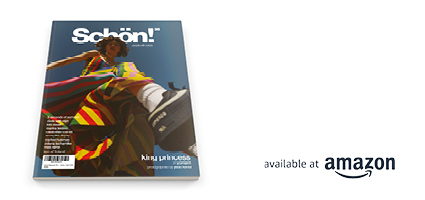
Discover the latest issue of Schön!.
Now available in print, as an ebook, online and on any mobile device.












